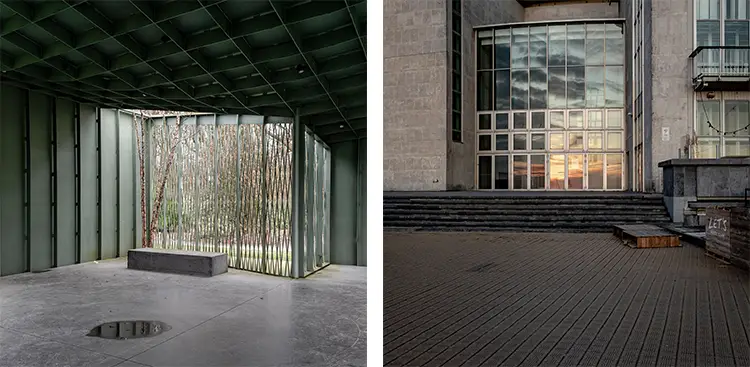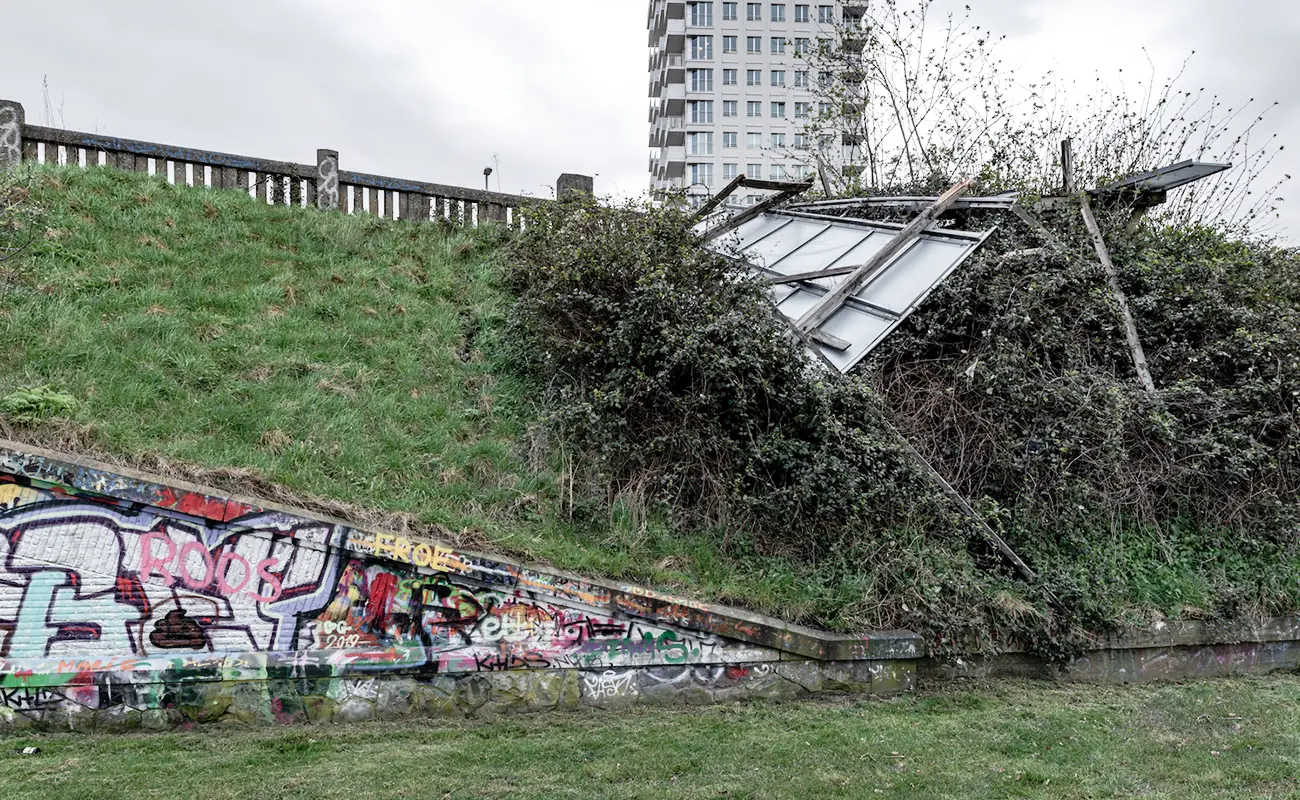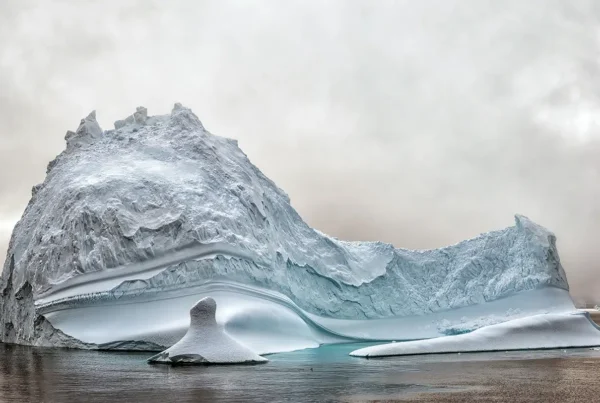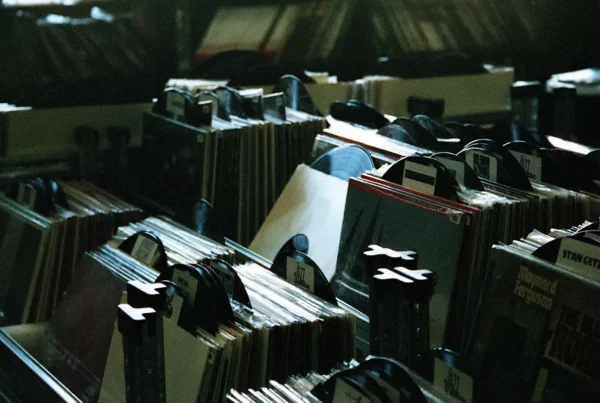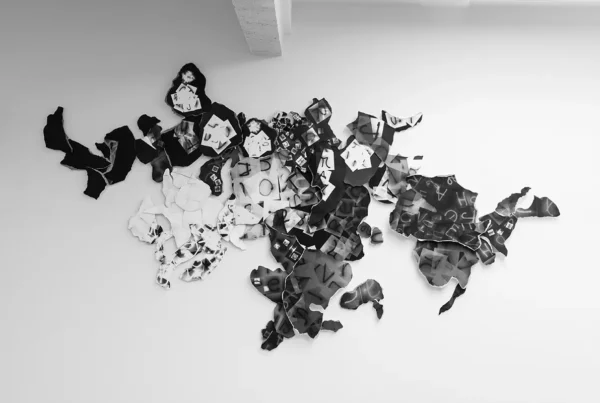“My work aims to unveil the beauty within what society often neglects, sparking contemplation on the ignored facets of our surroundings.”
Urban Ghosts and Industrial Echoes
Growing up near the bustling port of Antwerp, Erik Eggermont’s early experiences were shaped not by traditional artistic upbringing but by the raw textures of industrial decay and forgotten corners of the city. His youth was steeped in athletic pursuits, influenced by a household where sports took precedence—his father a physiotherapist and sports trainer. However, beneath the surface, a quiet fascination with the silent poetry of deserted streets and crumbling buildings began to take hold. That latent curiosity found no immediate outlet, as art and music, though appreciated by his parents, were not cultivated paths in his early years. It wasn’t until his thirties that Erik’s artistic inclination emerged from the margins and began to define his worldview.
His artistic awakening coincided with a broader cultural exploration—ballet performances, opera, and gallery visits all played a role in igniting a deeper connection to creativity. It was during this time that Erik encountered urban exploration photography, a turning point that would chart his future course. Armed with a modest, low-resolution camera, he began capturing the hidden geometry of neglected spaces. The support of friends and coworkers emboldened him, culminating in a group exhibition in Berlin that marked his entry into the professional art world. This pivotal experience motivated Erik to formalize his knowledge, leading to a Bachelor of Visual Arts in Photography from LUCA School of Arts in Brussels.
While education and environment undoubtedly shaped his journey, Erik points to his enduring love for science fiction, fantasy, cinema, and music as the true catalysts behind his artistic expression. His work often transforms the overlooked debris of urban existence—bits of trash, faded colors, rusted structures—into poignant visual narratives. Through his lens, discarded remnants become conduits for stories, urging viewers to reconsider the aesthetic value of what society leaves behind. His photography seeks to expose the latent beauty hidden in plain sight, weaving together emotion and observation in a manner that challenges conventional perceptions of value and relevance.
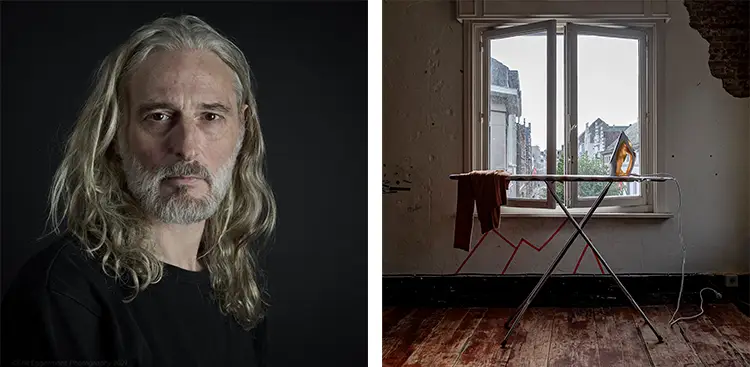
Erik Eggermont: Seeing Through the Noise
For Erik, the essence of photography is less about technical mastery and more about capturing fleeting truths—visual fragments that hint at deeper emotional or philosophical layers. Rather than merely documenting reality, he aims to produce images that resonate, provoke, and connect. In a world shaped by uncertainty and turbulence—from the lingering psychological effects of the pandemic to the ongoing repercussions of environmental and geopolitical crises—he believes the artist must serve as both interpreter and healer. Photography, in this context, becomes a tool not just for seeing but for understanding and reconciling with the world’s fractured beauty.
This belief in art’s connective power is what ultimately transformed Erik’s hobby into a career. The idea that an artist views life through an alternate lens, then reconstructs that perspective for others to experience, is central to his philosophy. He recognizes the challenge in doing this with authenticity and purpose, particularly in a digital age saturated with imagery. Yet, it is precisely this saturation that compels him to focus on moments often bypassed—quiet street corners, glimmers of light on industrial metal, the delicate interplay between chaos and order in urban environments. These subjects, though mundane on the surface, carry the emotional charge of memory, solitude, and resilience.
His artistic style leans heavily into minimalism and spontaneity, allowing the city itself to dictate the terms of engagement. Human figures, when they appear in his photographs, are not the protagonists but rather integral elements of the urban texture—present and absent, observed and obscured. Much like the paradox of Schrödinger’s cat, people in Erik’s images exist in a kind of visual limbo, simultaneously part of the frame and hidden within it. This duality echoes the photographer’s own relationship with his environment: observer, participant, and silent narrator of untold urban fables.
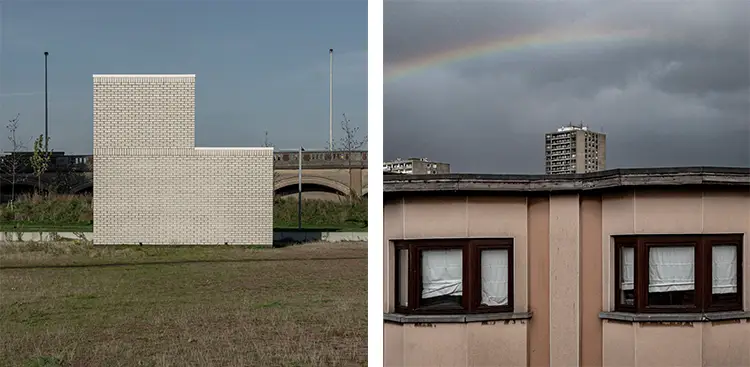
Spontaneity Meets Structure
Navigating distractions is an inevitable part of working in an urban setting, yet Erik thrives in this unpredictability. He emphasizes adaptability, relying on instinct and emotional resonance to guide his lens. When a scene strikes a chord, he moves swiftly to preserve that moment before it slips away. This sensitivity to timing reflects his broader philosophy—that photography is as much about emotional truth as it is about visual composition. His spontaneity, however, is not without structure. For more controlled projects, such as still lifes or studio portraits, he employs checklists and diagrams to maintain focus while still allowing space for creative deviation.
Influences from major artistic figures also inform his practice, grounding it in a legacy while pushing it forward. Henri Cartier-Bresson’s philosophy of capturing the “decisive moment” has left a significant mark on Erik’s approach to candid photography. He shares Bresson’s instinct for seizing the transient yet telling instant—a look, a shadow, a gesture—that encapsulates the larger story. Equally formative is Walter Gropius and the Bauhaus vision of unity across artistic disciplines, which resonates with Erik’s multidisciplinary curiosity and past forays into digital art and music. William Eggleston’s ability to elevate the mundane into the memorable, especially through color and offbeat composition, echoes strongly in Erik’s own work.
Despite being anchored in photography, Erik’s creative journey began with experimentation. A trip to an abandoned military complex in Liège with a toy camera proved to be an epiphany. The seemingly insignificant snapshots taken that day revealed to him the vast potential within still images to convey atmosphere, emotion, and narrative. This realization sparked a deeper commitment to the medium and eventually prompted his transition into professional artistry. Though he occasionally returns to electronic music and digital art, photography remains his chosen language—a tool that allows him to bridge the gap between introspection and expression.
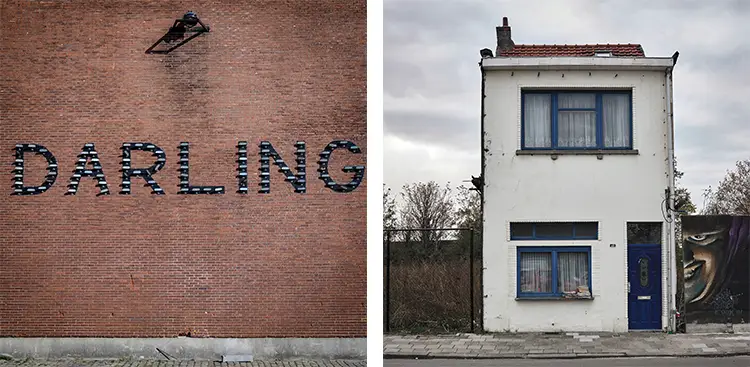
Erik Eggermont: Of Gates, Shadows, and Arctic Light
Among the many artistic works that have left a lasting impression on Erik, Auguste Rodin’s The Gates of Hell holds a place of unique significance. This monumental bronze sculpture, inspired by Dante’s Divine Comedy, portrays the torment of souls condemned to the second circle of hell, where desire overwhelms reason. For Erik, encountering this work at the Rodin Museum in Paris was a deeply personal moment—one that continues to reverberate each time he revisits it. The emotional and philosophical weight of the piece acts as a mirror, reflecting Erik’s own efforts to navigate the delicate balance between emotional impulse and rational thought. It’s a reminder of the consequences of surrendering to unchecked passion, as well as the necessity of introspection.
This fascination with dualities—light and shadow, chaos and control, presence and absence—is mirrored in a dream project Erik has long envisioned. He aspires to undertake two separate photographic reportages in Spitsbergen: one during the perpetual darkness of the polar night and another under the endless glow of the polar day. These contrasting series would not only explore the physical shifts in landscape and atmosphere but also reveal how human lives are shaped by extreme variations in light. By juxtaposing these two realities, Erik hopes to capture a deeper narrative about adaptability, perception, and the invisible forces that govern our experience of time and space.
Such ambitions align perfectly with the quiet power that defines Erik’s artistic identity. Whether documenting the forgotten fragments of urban life or dreaming of stark polar contrasts, his work remains centered on illuminating what is often ignored. He does not chase spectacle but rather invites the viewer into spaces of reflection and subtle transformation. Through his lens, every discarded object, every shadowed alley, and every fleeting glance becomes a portal—leading us to reconsider the ordinary and to find meaning where others might see only emptiness.
